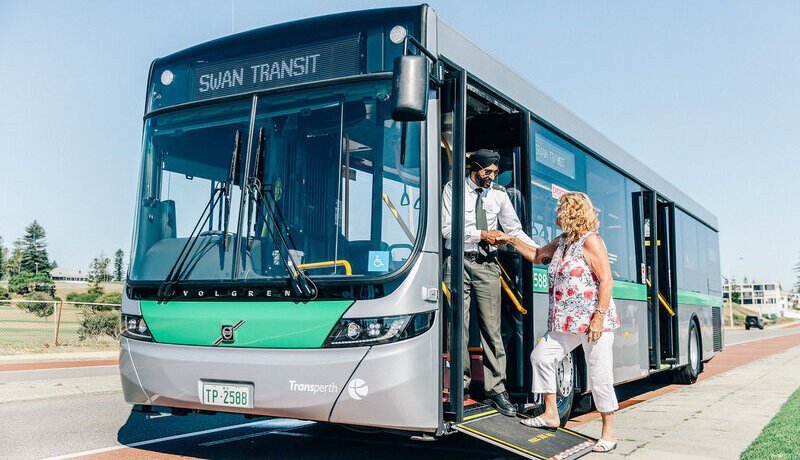Safety Telematics: the ROI of Driver Safety

Fleet managers, when they begin looking into telematics and connected fleet solutions, are often overwhelmed by the sheer number of systems on the market, each promising exceptional benefits and a rapid ROI.
The truth is, many of these promises are real. Even basic telematics technologies and devices can deliver impressive results: for example, engine diagnostics are a good first step toward more efficient vehicle maintenance, and GPS-based vehicle tracking can help dispatchers squeeze more service calls into the roster.
But good as they are, vehicle-focused solutions can only take ROI so far. To get the biggest payoff from your telematics program, you have to focus on the driver, not the vehicle.
Why? Because:
- Driver behavior has a dramatic impact – for better or worse – on fleet fuel costs, emissions and vehicle wear-and-tear. The impact of routine maintenance, routing and other activities is minimal in comparison.
- Collisions are the largest source of avoidable fleet costs – and, according to the NHTSA, 94% of collisions are caused by driver error. So when fleets improve driver safety, they see an immediate reduction in accidents – in terms both of numbers and severity. This translates into reduced outlays for vehicle repairs and insurance premiums (or self-insurance reserves).Equally important, improved driver safety helps companies create a positive reputation, creating a ripple-effect of benefits starting with improved customer satisfaction, passenger loyalty and an improved business-win rate.
- The good news is: driver safety – given effective tools and determined fleet management – can improve rapidly! Given the right driver engagement system, acknowledgment schemes and rewards programs, driver motivation can shift overnight. And once drivers are “on board,” you can expect dramatic improvements in fleet expenses as well as safety.
The bottom line
So what kind of results can you expect to achieve with a Safety Telematics system? Although the benefits vary widely, most fleets see:
- A rapid ROI: often 60-90 days from first deployment
- A sharp reduction in fuel consumption & emissions: down 6-14% for heavy vehicles (even more for cars and small vans)
- A significant decline in crashes & crash-related expenses: down 30%-60%
- A downward trend in Insurance premiums: down 15% and more
- A significant decrease in routine maintenance costs and vehicle wear and tear: this reflects the longer brake life, tire life and other benefits that derive from a smoother, safer driving style.
The elements of an effective Safety Telematics system
While different fleet management system vendors take different approaches to changing driver behavior, the most effective ones offer their own versions of several time-tested, best-practice elements:
- Detailed, accurate monitoring of driver behavior. The more detailed the model, the easier it is for drivers to accept – and the more effective it is for self-coaching and training. That’s why the GreenRoad Safety Telematics platform identifies 150 different risky driving maneuvers of varying severities (e.g. harsh vs. moderate braking error), including compound maneuvers (e.g. accelerating into a turn).
- Automated real-time coaching. The most effective time to alert drivers about worrisome performance is “in the moment”, when it is still possible for them to take preventative action. In addition, real-time self-coaching is much more relevant and easier to accept than after-the-fact coaching provided by a driver’s superiors.
- “Gamification” engagement and motivational tools. The most effective Safety Telematics systems use smart-psychology-based gamification techniques to improve the motivation of their drivers. For example, the GreenRoad Safety Telematics platform gives each driver Safety Scores based on their performance over the past week. Drivers use these scores to track their own safety progress, and fleet managers use them as the basis for “friendly competitions” and acknowledgment programs. It can be astonishing how effective such simple techniques can be in driving down risky incidents, fuel consumption and other fleet expenses.
- Transparent access to data and trends. To maximize buy-in, drivers should be able to independently review their own trip histories and trends. For example, the GreenRoad Safety Telematics platform provides drivers with personalized trend analyses and self-learning portals based on their own driving style and risk profile.
- Exception-based management alerts, reports and trend analyses. Top results from even the best Safety Telematics tools can prove elusive unless fleet management is fully involved in the process. A manager’s praise can go a long way towards encouraging the continuation of safety awareness – and a concerned word or private intervention at the right time can prevent escalation of a trend-in-the-making. The GreenRoad Safety Telematics platform helps managers identify the individuals who need their help, and then helps them provide the most effective help possible through focused exception and trend reports.
The sooner you begin – the sooner you’ll see results.
The jury is in. Telematics systems work, and driver behavior-focused Safety Telematics systems offer the fastest ROI by far. When fleet managers deploy these tools, they empower their drivers, create new efficiencies across their fleet, and enhance their environmental and social responsibility profile. You owe it to yourself and your company to give it a try.





